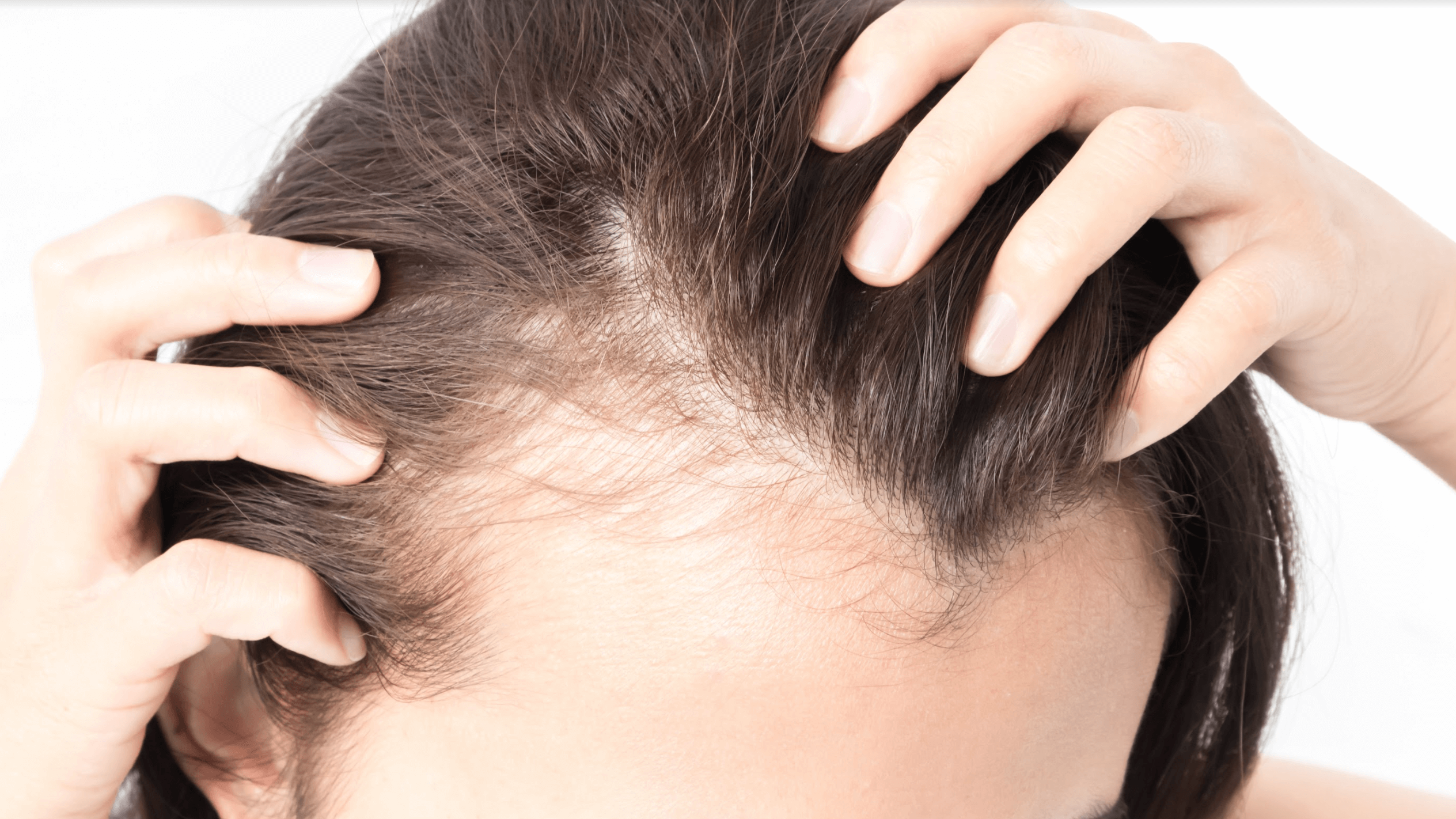A New Era in Hair Restoration: Why PRP Therapy Outperforms Traditional Treatment
&srotate=0)
Why Does Hair Loss Occur?
There are many reasons individuals may experience hair loss – medical conditions such as hypothyroidism or alopecia areata, genetics, hormonal changes, and medications or treatments such as chemotherapy.
Androgenetic alopecia, or male-pattern baldness, is the most common cause of hair loss in men. It occurs when changes in hormones and enzymes, particularly androgens, disrupt the normal phases of hair follicle growth and development. Hair follicles shrink in size and produce finer, smaller, and more vellus-like hairs in a process called follicular miniaturization. This process is related to dihydrotestosterone (DHT) and testosterone, which bind to hair follicle androgen receptors and promote follicular miniaturization. Men with increased 5-alpha-reductase activity have higher levels of DHT and are at greater risk for male-pattern baldness.
Traditional Therapies for Hair Loss
First-line medical options for treatment of hair loss, particularly androgenetic alopecia, include minoxidil and finasteride. Following these treatments, individuals often consider more invasive options such as corticosteroid injections, low-level laser therapy, and hair-transplants.
- Minoxidil is a topical vasodilator applied to the area of hair loss twice daily, and the mechanism of efficacy is not widely understood. It is thought to increase blood flow to the area and promote follicular growth.
- Finasteride is a 5-alpha-reductase inhibitor, which reduces the conversion of testosterone to DHT and therefore decreases follicular miniaturization and hair loss.
- Corticosteroid injections are generally very effective in patients with alopecia areata, which is unrelated to male-pattern baldness.
- Low-level laser therapy can also be used for all types of hair loss; however, this typically requires many treatments over a long period of time.
- Once the rate of hair loss has slowed/plateaued, patients are considered candidates for treatment with a hair transplant. Oftentimes hair transplants are used in combination with finasteride for improved outcomes.
What is PRP Therapy?
PRP, or Platelet Rich Plasma therapy, is a treatment that involves drawing a patient’s blood, processing it in a centrifuge to separate the platelets and plasma from the rest of the blood, and then injecting the concentrated product into the area requiring treatment. Platelets are one of four major components of blood, along with red blood cells, white blood cells, and plasma. After the processing of whole blood into this concentrated serum and its delivery to the target area, the platelets secrete growth factors, which are believed to promote tissue regeneration and wound healing.
PRP Therapy for Hair Loss
While PRP has been used for some time to treat a variety of orthopedic and other conditions, its application for hair loss is relatively new. The patient’s blood is collected, centrifuged to produce PRP, and then injected into the scalp in the areas of hair loss. The growth factors within the platelets are thought to repair blood vessels that supply hair follicles, promote follicle growth, and stimulate collagen production. Collagen is one of the main components that make up our hair, so collagen production increases hair growth. PRP treatment typically involves injections every month for the first three months, and then every three to six months afterwards.
Research for this treatment has revealed promising results. In a 2014 study conducted by the Department of Dermatology at Smt Kashibai Navale Medical College in India, participants were found to have approximately 30% more hair growth in areas of prior thinning after four treatments. Moreover, PRP is considered very low-risk and minimally invasive, and patients typically experience little to no discomfort and can return to work the same day without limitations.
Book Your Appointment Today
Here at Ospina Medical, we are thrilled to offer PRP therapy for hair loss. Book your initial consultation today with Dr. Matthew Kohler to learn more about your candidacy for this treatment and get started on your journey to a fuller head of hair.
Written By: Dakota Boonstra
Edited By: Camden Rowe